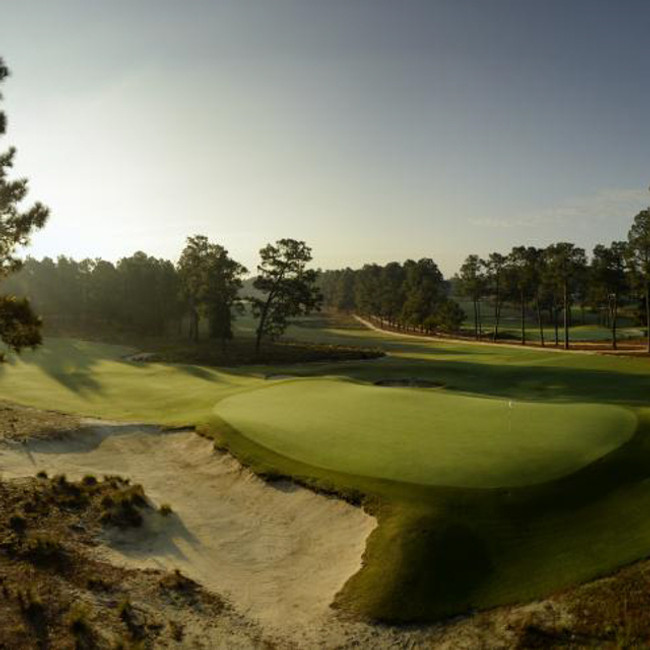Description
What are CaddyTips? CaddyTips are shot by shot guides for every hole, written by local course experts, with the goal to help golfers achieve their best results based on their skill level. With the added bonus of saving money!
What do CaddyTips consist of? CaddyTips are written guides in the format of a downloadable Adobe PDF files. Our written guides print on regular US letter size paper 8.5 x 11 inches. The files have easy to follow cut lines that allow a golfer to create a conveniently sized, quarter-page booklet measuring 4.25 x 5.5 inches. Now the golfer has a pocket-sized guide that will help them develop a course strategy and shoot better rounds.
CaddyTips are for golfers of all abilities whether you are a scratch golfer or a 30-handicap.
What is included in each Caddytips course guide? CaddyTips contain important golf course information on every shot.
Each CaddyTips is individually tailored to the golfers selected course and includes several General Tips for the course. These Tips will help a golfer prepare better prior to their round. For instance, a course with several long par 3s would have a General Tip saying to practice your long irons prior to your round.
CaddyTips also include descriptions of each hole for the selected course. CaddyTips examines each hole, shot-by-shot and gives the golfer vital objective information.
By arming golfers of all skill levels with critical information, they will be on their way to greater success.
How do I download CaddyTips? CaddyTips offers an instant digital download once the checkout process has been completed. To download the CaddyTips for the course purchased, please click the "Go To Downloads" link contained in the "order summary". You will be taken to the download page where you can click the file link and the download will begin automatically.
Alternatively you will also recieve a confirmation email to the address you provided. That email will contain a direct link to the download page.
CaddyTips recommends saving the file to your hard drive so that you may create your own library of CaddyTips.
General Tips to play Pinehurst #2
Pinehurst #2 is famous for it’s crowned greens. Sometimes called turtle backs or inverted saucers, these greens create diabolical pin locations and slopes which make for a challenge from the first approach to the last putt. Expect for shots that land around the edges of the greens to kick or roll off into collection areas, making the center of the green the smart target all day long.
Donald Ross designed Pinehurst #2 to play with the feel of a traditional links course, at least in terms of the style of chips around the green. While to truly succeed at Pinehurst #2 you’ll need all the shots in the bag, Caddytips believes the best shot to practice will be the bump and run, by using the banks to your advantage you can overcome some of the more difficult shots off the tight lies that surround the greens.
Don’t get frustrated. It can be demoralizing to watch shot after shot roll away from the pin, but remember that’s the way Pinehurst #2 was designed and it happens to every player from Tiger Woods to a 20 handicapper. Enjoy the round, enjoy the challenge and don’t let Ross get inside your head!
Here is a snippet from the Caddytips from Pinehurst Golf Course #2:
Hole 18
Uphill to finish – par 4 – 445/417/382 yds.
Tee shot: This is the most uphill tee shot you face all day. The fairway is protected by a large bunker on the right, but the ideal target is center to left center fairway. As a point of reference the bunker ends 255 yds. from the gold tees (225 blue/195 white). The tee shot will play 1-1½ clubs uphill.
Approach shot: This shot will play ½-1 club uphill and maybe semi-blind depending on your angle. The green is protected by a large bunker well short right and another trap left. It is possible to run a shot onto the surface from short center, but this is risky as shots getting caught in the trap will face a challenging shot onto the green. Also, there is a hidden bunker back right. Shots missing middle right will leave a reasonable pitch onto the green.
Green: The front portion of the green runs from front to back, while the very rear of the green slopes from back to front. The green also has a general tilt right to left with exception of the large dip on the middle right portion of the green.











